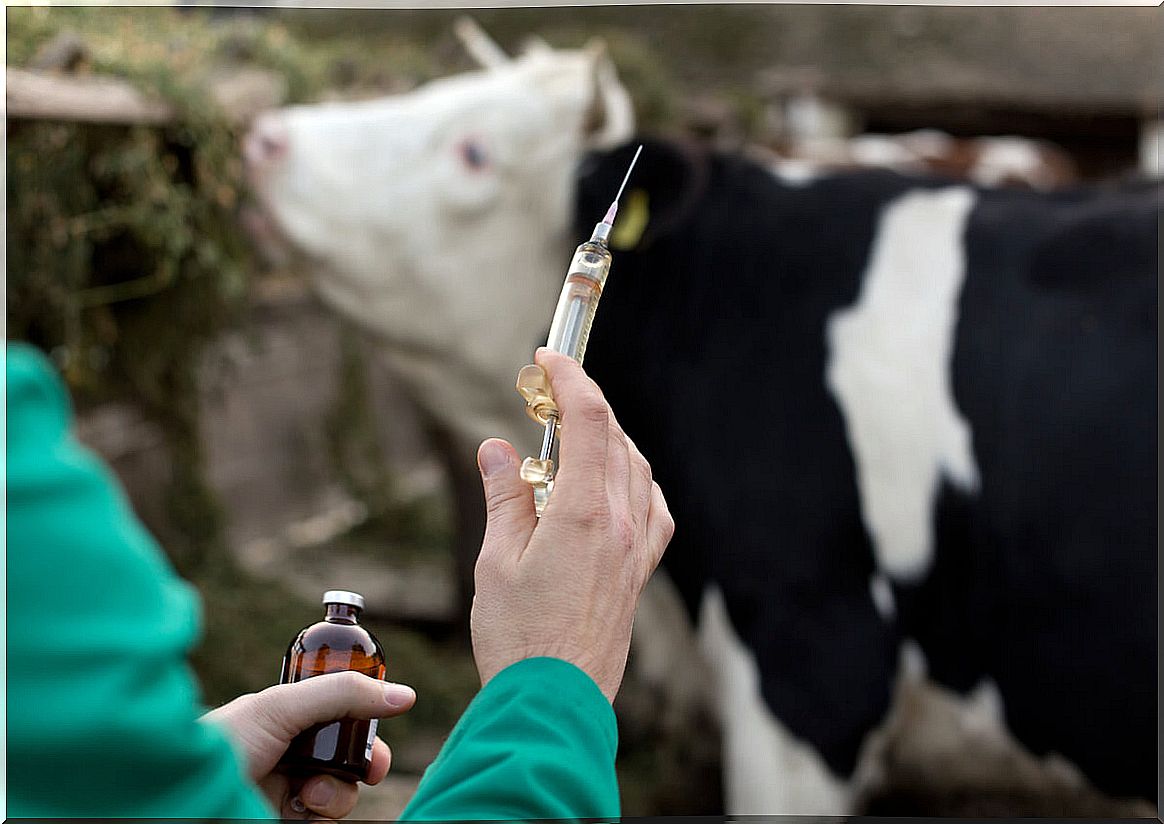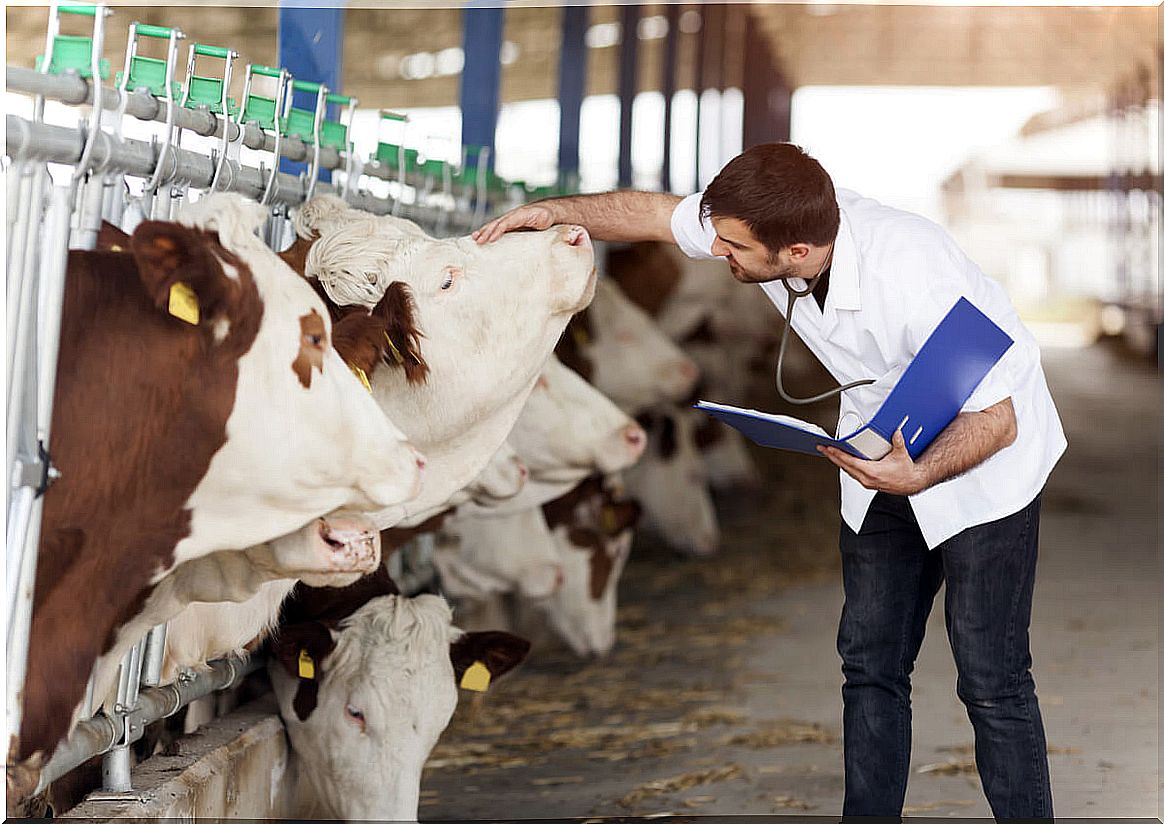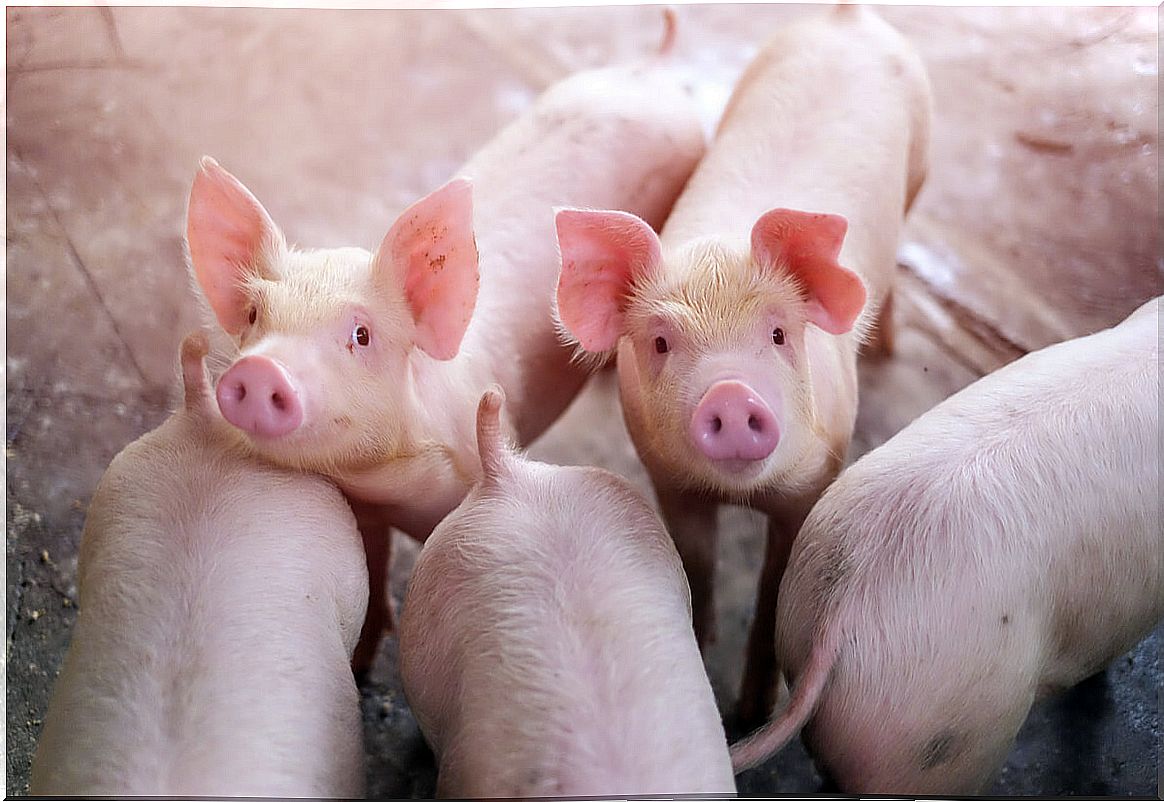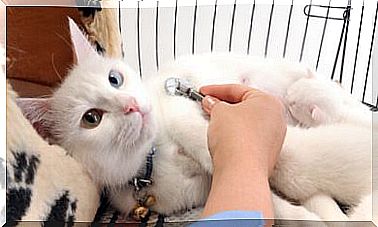Applicable Measures To Prevent The Entry Of Foot-and-mouth Disease Into A Country

Foot-and-mouth disease is a highly contagious acute viral disease that affects many species of domestic animals, including pigs, cattle, sheep and goats. This pathology has always been one of the great pests related to livestock, hence the efforts to prevent the entry of foot-and-mouth disease into a country are so important.
Foot-and-mouth disease is a disease widely distributed in the world and numerous regions can be cited where it is endemic. Preventing this pathology from spreading in disease-free countries is essential for the social and economic well-being of the livestock industry globally.
Brief description of the disease
The foot-and-mouth disease virus causes the formation of vesicles and erosions in the mucosa of the mouth and muzzle, the udders and the interdigital space of cattle. When it affects adult animals, mortality is usually low, although it has a high contagious potential. On the other hand, when detected in hatchlings , the mortality rate can skyrocket.
There are numerous ways of transmission of this virus: by direct contact, by eating contaminated food or by fomites, among others. Each of these contagion routes determines the biosecurity measures that the authorities must take to prevent their entry into the country.

Why is it so important to prevent the entry of foot-and-mouth disease into a country?
Although it is not always lethal, the transmissibility of foot-and-mouth disease is high and the alteration of the health status of the animals is a problem. Infected cattle are stunted and females also produce less milk. This, for the farmer, becomes a setback that jeopardizes the survival of his farm.
Economic losses can be of direct origin – such as lower milk production or the mortality of young animals – or indirect, when other countries close the doors of their animal market to avoid contagion. In regions where livestock is strategic for the economy, preventing the entry of foot-and-mouth disease is essential.
How to prevent foot-and-mouth disease from entering a country
When establishing measures to prevent the entry of the disease into a country, it is important to analyze various factors. One of the most relevant would be to know the magnitude of the spread of foot-and-mouth disease in neighboring countries and to know which are the most likely possible routes of entry for the virus.
It must also be taken into account that foot-and-mouth disease can occur in cattle asymptomatically, especially in sheep and goats. For this reason, the development of diagnostic methods capable of detecting asymptomatic carriers is so necessary, as well as the control of the real health status of the animals that are imported into the country.
However, it must not be forgotten that the introduction of animals illegally cannot be ruled out. That is when the authorities have to design effective border control systems capable of detecting any unforeseen event.
Other less known forms of introduction and applicable measures in this regard
When it comes to animal products, there is another important entry point to consider. People who travel across borders can bring food in their personal luggage that puts the health of animals at risk. For example, the foot-and-mouth disease outbreak in the United Kingdom in 2001 originated through this route of entry.
On the other hand, not only the entry of animals and goods from countries with the virus puts livestock at risk. Exports can also be a source of contagion.
Ultimately, vehicles that transport animals across borders can also be a transmission mechanism for the virus. This is so because of the possibility of cross contamination which, if cleaning and disinfection measures are not applied, will bring the virus back.
The importance of measures to prevent the entry of foot-and-mouth disease into a country
Among the most used measures around the world, these 2 basic pillars stand out:
- Cleaning and disinfection of vehicles for transporting animals, feed, hay or straw. For this, a product with proven efficacy for the inactivation of the foot-and-mouth disease virus will be used.
- The requirement of additional guarantees for animals and products of animal origin imported from countries where the disease is present.

Not surprisingly, foot-and-mouth disease is a serious disease that causes enormous economic losses, in such a way that it places the responsibility of the competent authorities to avoid, at all costs, its transmission across borders.
Knowing that the borders between countries are permeable and that controlling all entries is impossible, it should be noted that collaborative efforts and the improvement of control systems always end up bearing fruit.









